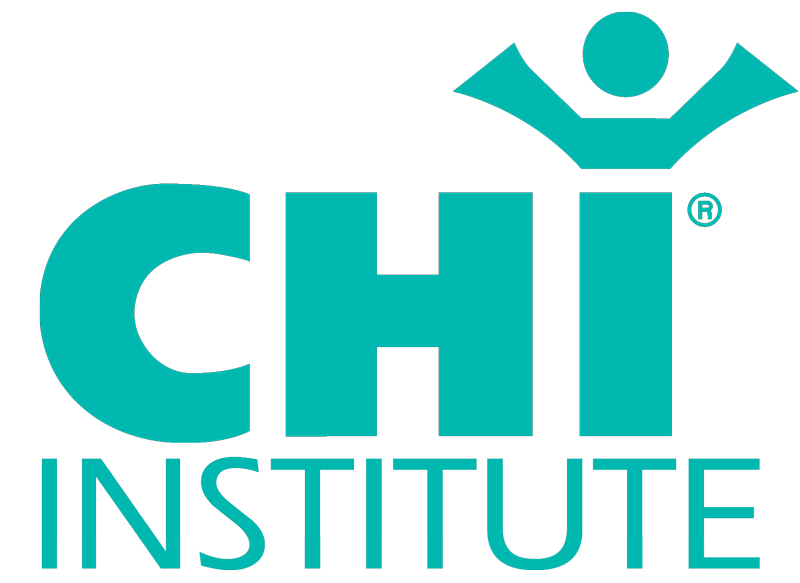This study provides a comprehensive review of the fundamental concepts of mechanotransduction, the process by which mechanical (and infrasonic) stimuli are converted into biochemical responses to influence bone healing. Biomechanical mechanisms include integrin signaling, ion channel activation, and cytoskeletal reorganization, providing a robust framework for understanding how vibration influences bone healing at the cellular and molecular levels. This thoroughness ensures a clear connection between mechanical stimuli and biological outcomes, making it a reliable foundation for evaluating vibration-based interventions in bone repair. Specifically, it discusses how vibration, such as low-intensity pulsed ultrasound (LIPUS) or extracorporeal shockwave therapy, induces cellular responses like membrane hyperpolarization and the generation of oxygen free radicals, which promote osteogenic growth factors such as transforming growth factor beta-1 (TGF-β1). It does not consider therapeutic infrasound, but does present mechanotransduction mechanisms which the Infrasound 8 and the CHI Palm activate accelerated healing. It does not consider the friendliness or calming qualities of the signal, but only the amplitude of the stimulation.

